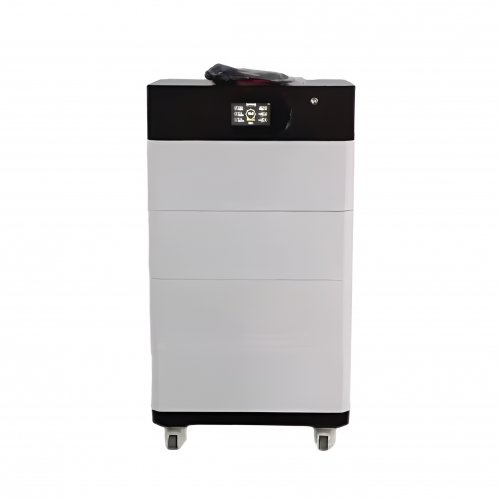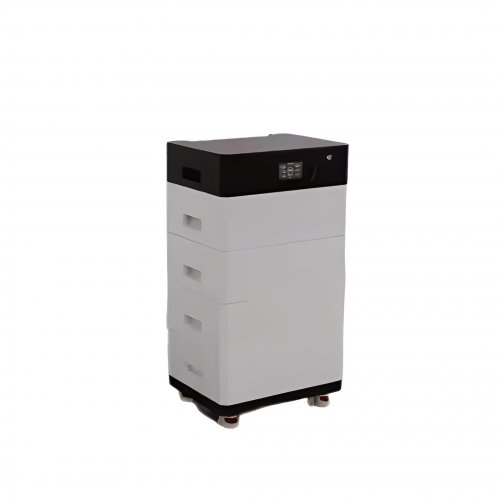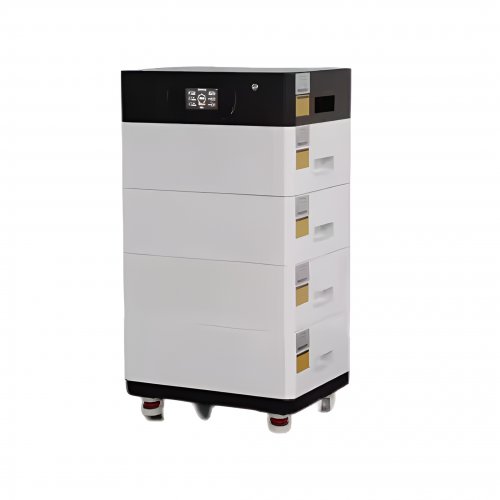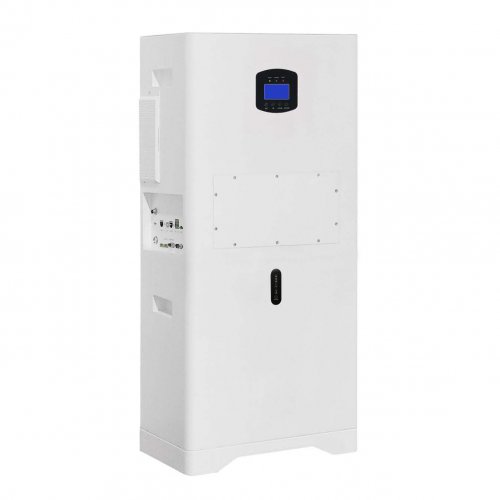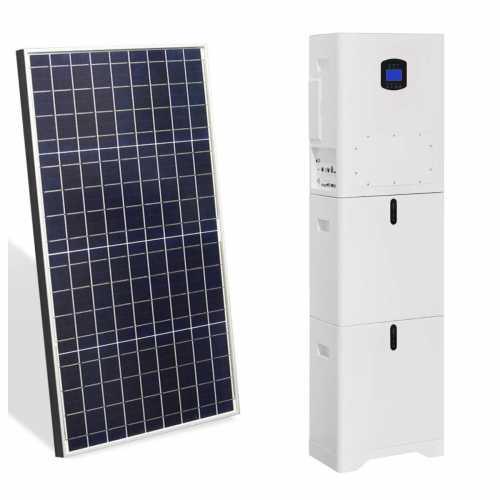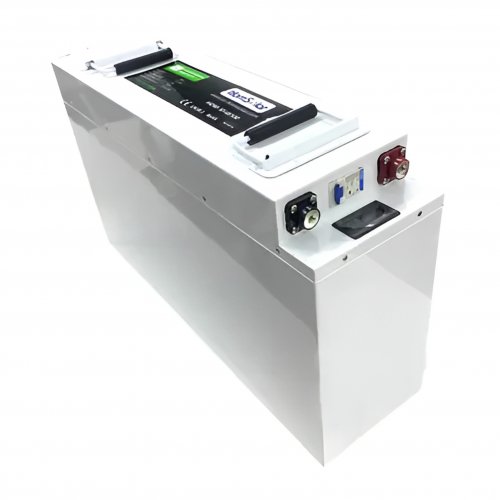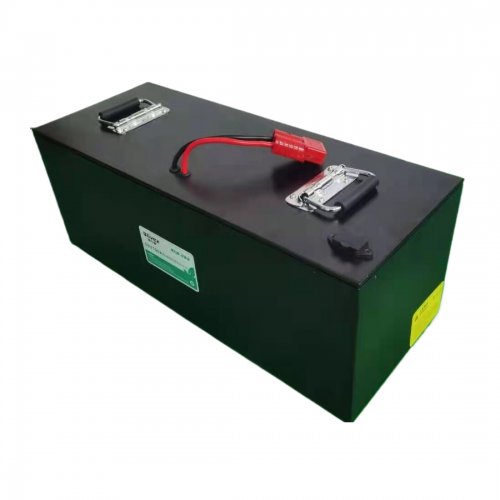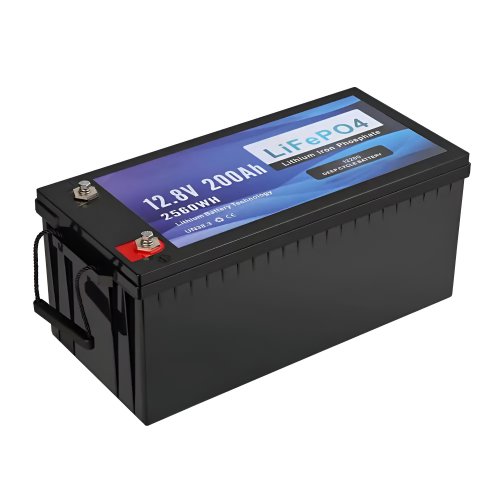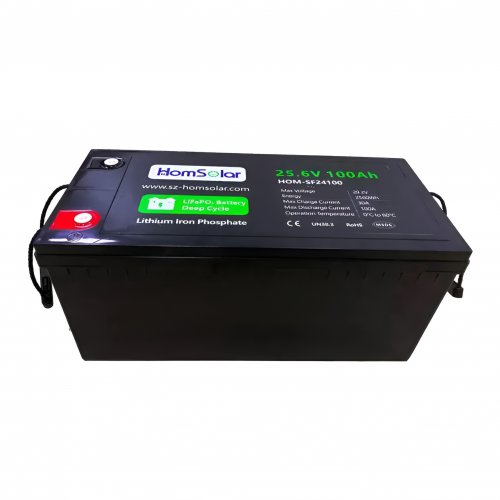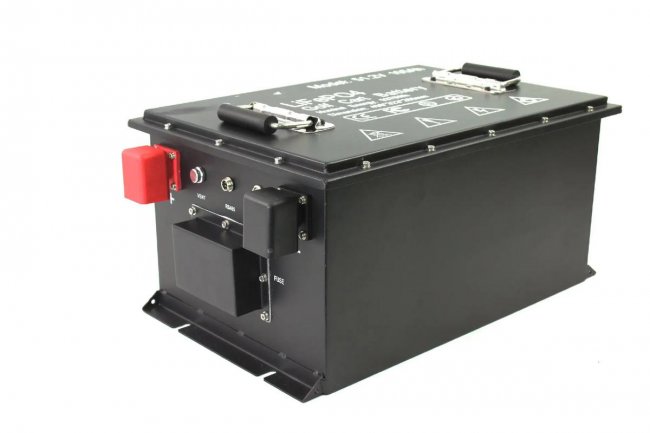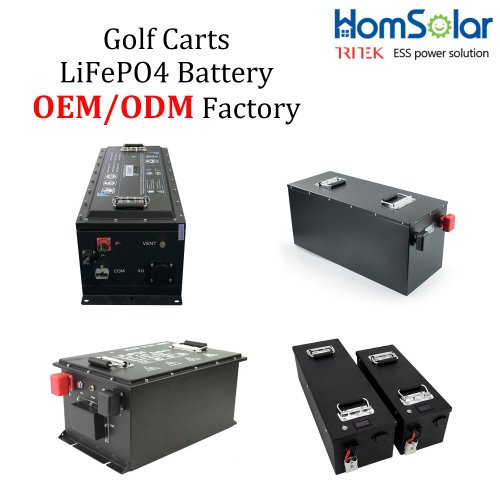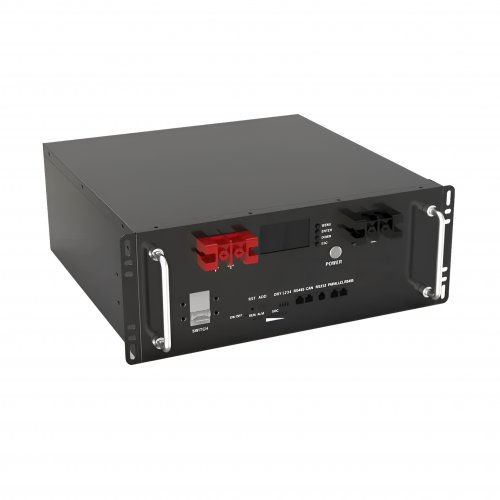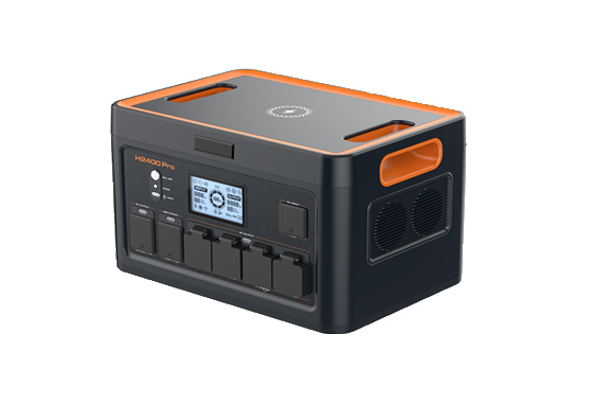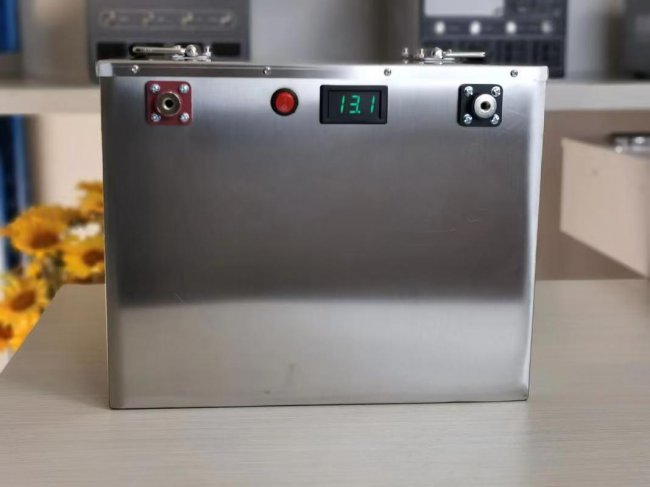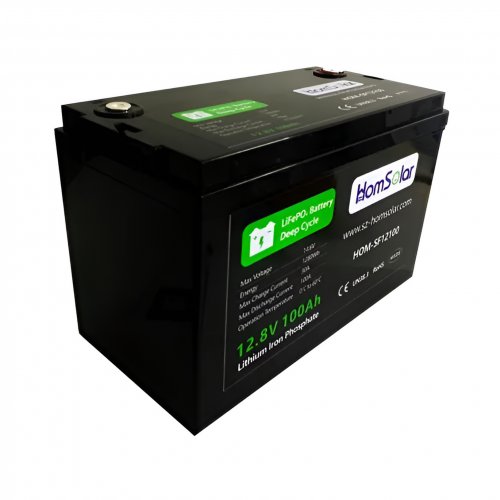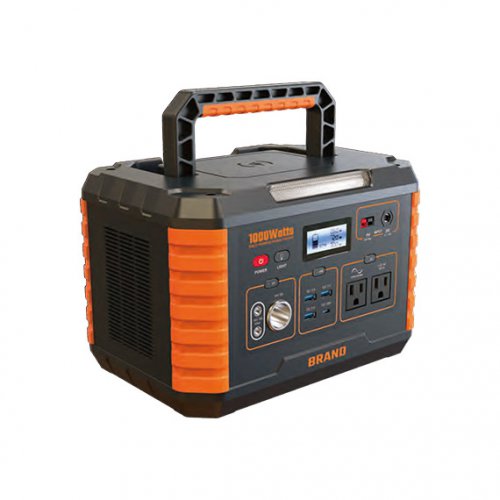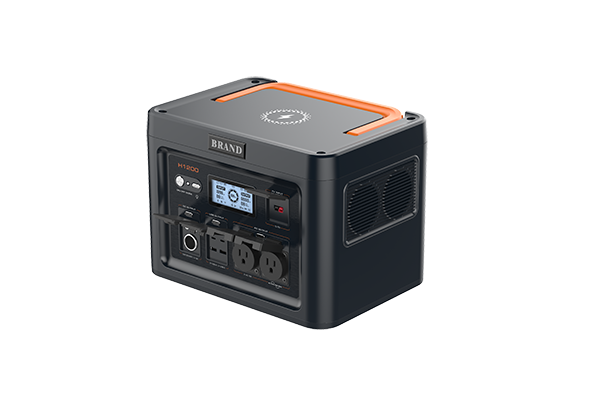LCOE not correct optimization parameter of PV plants, say researchers
A research group led by the Polytechnic University of Milan in Italy has created a mathematical model to optimize PV plant design based on optimized dispatching strategies considering real grid demand and prices.
“We started from the evolution of the electric curve, which is also called duck curve, and then arrived at the extreme case of negative electricity prices,” the research's corresponding author, Gianpaolo Manzolini, told pv magazine. “The study started three years ago, before negative prices were reported in Europe, but they were already present in Australia, in particular in South Australia. The collaboration with the Queensland University of Technology helped from this point of view.”
The research work intends to demonstrate that the levelized cost of energy (LCOE) is not the correct optimization parameter of photovoltaic and concentrated solar power (CSP) facilities. “The proposed methodology can be applied to any other source,” Manzolini explained. “Certainly, it becomes more relevant when technologies that rely on variable renewable sources. The same goes with storage. In principle, it is not needed in the methodology and, however, it amplifies the differences.”
The proposed model is based on the Aggregated Energy System Optimization (AESOPT) developed by the Polytechnic University of Milan itself. This tool considers size effects on both costs and efficiency of power generation technologies. Its default objective function is the optimization of a project's net present value (NPV), which corresponds to the value of all future cash flows over the entire life of an investment discounted to the present.
“The AESOPT has been extended to include detailed models of the CSP plants, namely, the power block, the solar field with linear collectors and the molten salt storages,” the research team specified, noting that the modeling uses mixed-integer linear programming (MILP) and takes into account minimum and maximum components size, maximum power exchanged with the grid, energy storage evolution, and energy balances. It also considers economic parameters such as revenue, capital expenditure (capex), operating expenditure (opex), and capital recovery factor. “LCOE is nonlinear since it involves the ratio between two variables. Thus, the LCOE cannot be directly used as objective function of the AESOPT tool.”
The scientists worked on two case studies involving a PV plant and a CSP facility assumed to be installed in South Australia and Southern California. The analysis was based on actual electricity prices of 2022 coupled with the weather conditions over the same year and time resolution and 16 different cases were investigated considering PV and CSP applied to the two locations.
“Results show that solar plants specifically designed to optimize the profits based on the actual electricity market prices lead to relevant differences compared to the standard approach based on the LCOE,” the researchers explained. “PV plant designs optimized according to the latter do not include the installation of a storage system, whereas this becomes crucial to guarantee the profitability of the plant when the actual grid situation is considered.”
They emphasized that considering grid specificity can increase the NPV of a project up to 10 times, while the LCOE could increase up to 3 times compared to conventional LCOE-based approaches.
The academics presented in the study “,” which was recently published in Renewable and Sustainable Energy Reviews. Scientists from the Queensland University of Technology participated in the research.
“Future work will focus on assessing the plant dispatching and design based on the forecast of weather conditions and electricity prices to see the impact of the uncertainties on the plant design,” they concluded. “In addition, the model will be extended to other schemes as the residential one including energy communities.”
Customized/OEM/ODM Service
HomSolar Supports Lifepo4 battery pack customization/OEM/ODM service, welcome to contact us and tell us your needs.


HomSolar: Your One-stop LiFePO4 Battery Pack & ESS Solution Manufacturer
Our line of LiFePO4 (LFP) batteries offer a solution to demanding applications that require a lighter weight, longer life, and higher capacity battery. Features include advanced battery management systems (BMS), Bluetooth® communication and active intelligent monitoring.

Customised Lithium Iron Phosphate Battery Casing
ABS plastic housing, aluminium housing, stainless steel housing and iron housing are available, and can also be designed and customised according to your needs.

HomSolar Smart BMS
Intelligent Battery Management System for HomSolar Energy Storage System. Bluetooth, temperature sensor, LCD display, CAN interface, UART interface also available.


Terminals & Plugs Can Be Customized
A wide range of terminals and plugs can be customised to suit the application needs of your battery products.

Well-designed Solutions for Energy Storage Systems
We will design the perfect energy storage system solution according to your needs, so that you can easily solve the specific industry applications of battery products.



About Our Battery Cells
Our energy storage system products use brand new grade A LiFePO4 cells with a battery lifespan of more than 4,000 charge/discharge cycles.



Applications in Different Industries
We supply customized & OEM battery pack, assemble cells with wiring, fuse and plastic cover, all the cell wires connected to PCB plug or built BMS.
Applications: E-bike, Electric Scooter, Golf Carts, RV, Electric Wheelchair, Electric Tools, Robot Cleaner, Robot Sweeper, Solar Energy Storage System, Emergency Light, Solar Power Light, Medical Equipment, UPS Backup Power Supply.
We can provide you with customized services. We have the ability to provide a vertical supply chain, from single cells to pack/module and to a complete power solution with BMS, etc.


HomSolar (Shenzhen) Technology Co., Ltd







